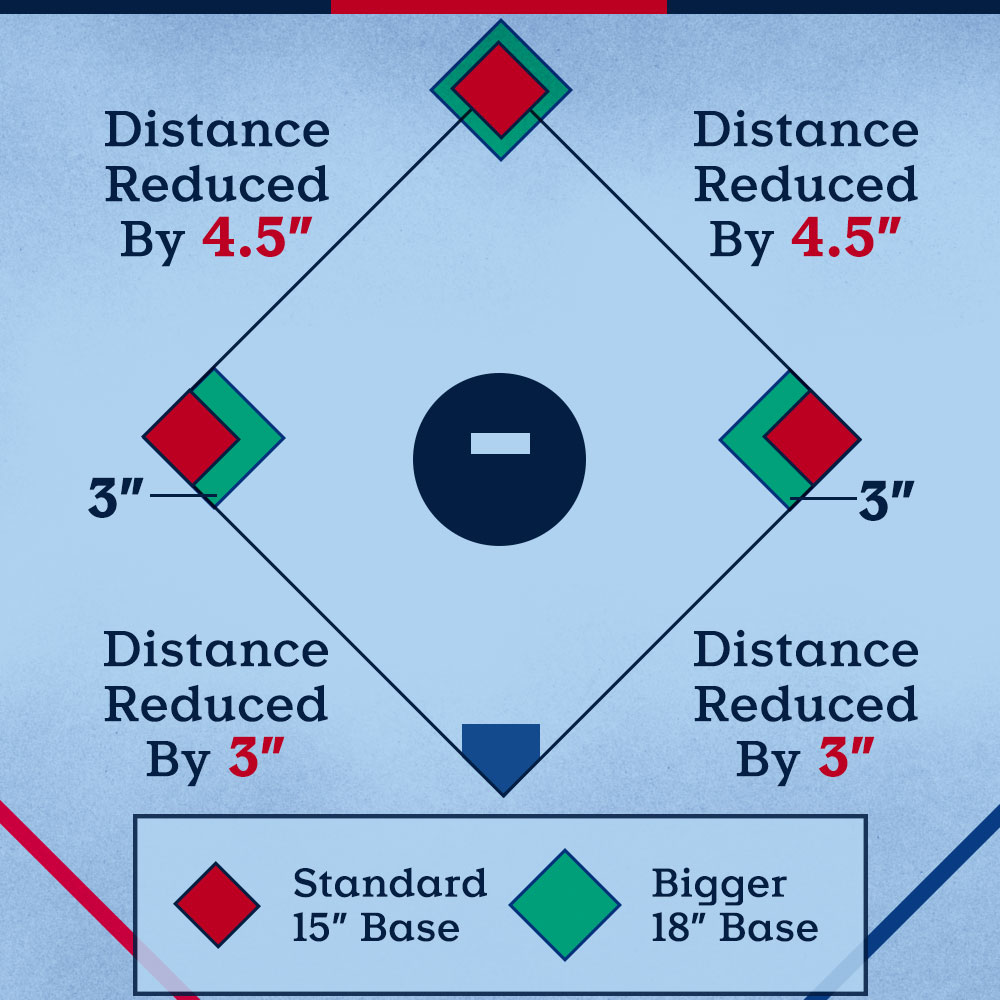
When Is Halftime In Baseball
Grasping the Concept of Breaks in Baseball
Baseball. A sport that captivates fans with its unique blend of skill, strategy, and suspense. Yet, some newcomers to the game might find themselves puzzled over the lack of a “halftime” – a concept familiar to fans of sports like football or basketball. Today, we’re going to uncover the essence of breaks in baseball and explain how it differs from other sports.
The Structure of Baseball Games
The first step to understanding baseball’s unique structure is to become familiar with the concept of innings. An inning in baseball is akin to a round; each team gets a chance to bat and field. There’s a total of nine innings in a standard game, each of which is split into two halves – the top and bottom. During the top half, the visiting team bats, and the home team fields. The roles are reversed during the bottom half.
Another facet of baseball you should know about is the breaks between innings. Often lasting no more than a couple of minutes, these intermissions serve to switch up the teams on the field and attend to field maintenance. Moreover, if you’re watching a televised match, this is when commercials usually run.
The Seventh-Inning Stretch
Even though there isn’t a strict “halftime” in baseball, the sport has its unique tradition to break the game’s continuous flow – the seventh-inning stretch. This mid-game ritual dates back to the late 19th century and enables fans to stand up, stretch, and engage with the game in a more social manner.
During this time, the crowd often sings “Take Me Out to the Ball Game,” a traditional baseball anthem. While it may not be a halftime in the traditional sense, the seventh-inning stretch provides a brief respite and an opportunity for the spectators to indulge in the communal camaraderie that baseball cultivates.
Comparing Baseball to Other Sports’ Halftime
In most sports, halftime marks a significant break, often used for rest, strategic adjustments, and coaching interventions. Baseball, however, due to its continuous and inning-based nature, doesn’t require such a prolonged interval.
The strategic approach in baseball differs significantly from timed sports. Decisions in baseball are often made on the fly, based on the current game situation, rather than preset strategies adjusted during a halftime break.
FAQs
Why is there no halftime in baseball?
Unlike timed sports, baseball is structured into innings. Consequently, the concept of halftime, as seen in sports like football, doesn’t exist in baseball. Instead, short breaks occur between innings, and a longer respite – the seventh-inning stretch – allows spectators and players a little downtime.
What happens during the seventh-inning stretch?
The seventh-inning stretch is a tradition in baseball where spectators stand up, stretch, and often sing “Take Me Out to the Ball Game.” It’s a moment of camaraderie and engagement, breaking up the continuous flow of the game.
How does baseball strategy differ from other sports?
Baseball strategy is more dynamic and situation-based. Due to the inning structure, there’s no halftime for teams to regroup and plan. Instead, decisions are made in real-time, based on the current game situation.
Conclusion
In conclusion, baseball may not have a halftime as other sports do; it does, however, offer unique breaks. The intervals between innings and the traditional seventh-inning stretch serve to maintain the game’s rhythm, engage the fans, and provide brief moments of rest. Understanding this helps to appreciate the nuances of this sport and the distinctive experiences that baseball games offer. So next time you watch a match, take a minute to enjoy these unique baseball traditions.





